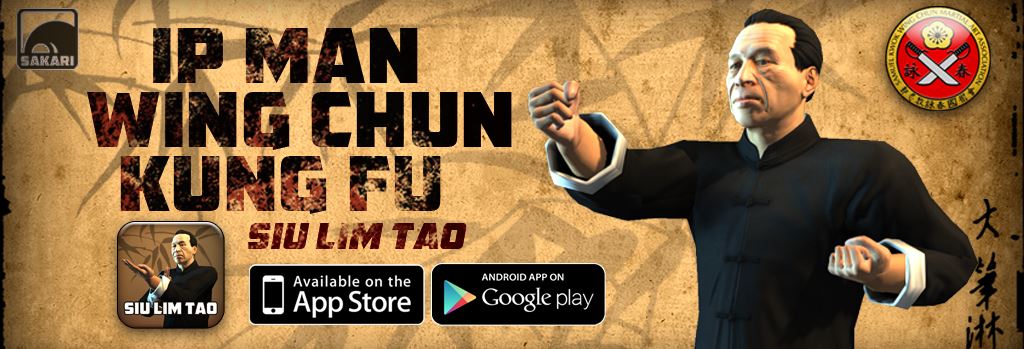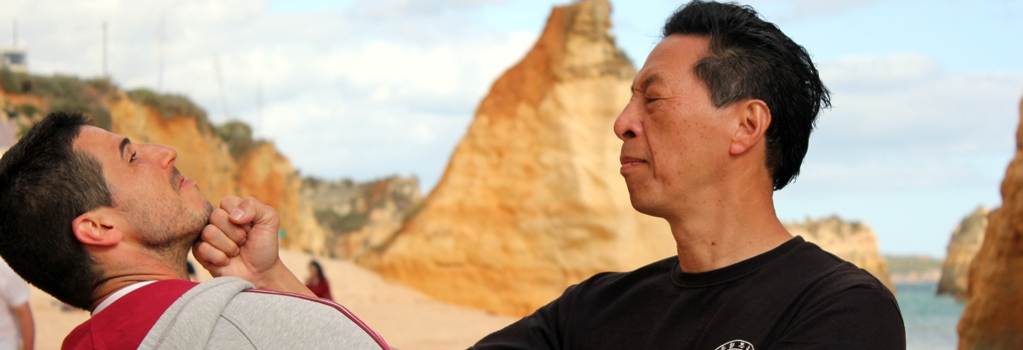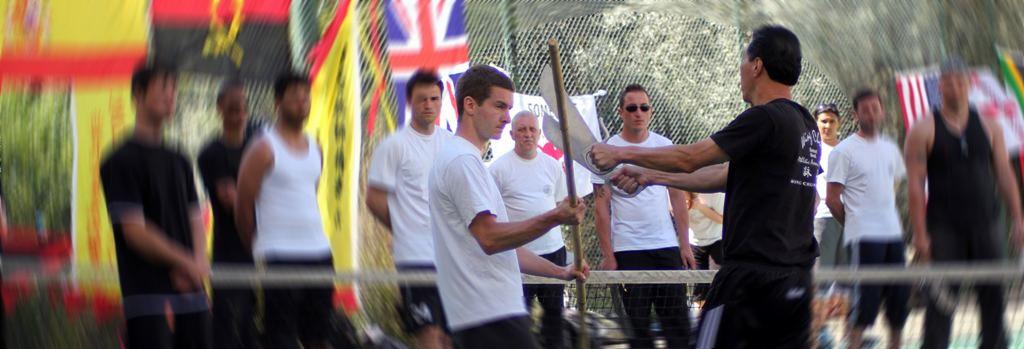Sil Lim Tao the first form
Article by Dan Knight added on 21 Jul 2012. Last updated on 13 Mar 2014.
Sil Lim Tau or Little Idea
Sil Lim Tau is not just the beginning course, but an important foundation.... When we learn English, we learn 26 letters first. If we cannot handle the pronunciation of each letter, then our English will never be good. The magnitude of the fist form Sil Lim Tau in Wing Chun is the same as that of the letters in English. - Ip Ching
Wing Chun's First Form
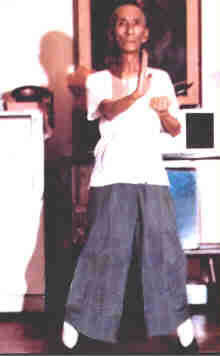 Sil Lim Tau, sometimes referred to as Siu Nim Tao, is the first of the hand forms of Wing Chun Kung Fu. It teaches the student the basics of the martial art. The form has been adapted and changed over the last few hundred years, but it is thought that the form was inspired by movements from both crane style kung fu and snake style kung fu. The form has evolved differently as styles of Wing Chun diverged. The snake element can be seen more in Yuen Kay San Wing Chun in Foshan, China, than it can in Ip Man's Wing Chun which was reordered by Ip Man and his predecessors in Foshan and later in Hong Kong.
Sil Lim Tau, sometimes referred to as Siu Nim Tao, is the first of the hand forms of Wing Chun Kung Fu. It teaches the student the basics of the martial art. The form has been adapted and changed over the last few hundred years, but it is thought that the form was inspired by movements from both crane style kung fu and snake style kung fu. The form has evolved differently as styles of Wing Chun diverged. The snake element can be seen more in Yuen Kay San Wing Chun in Foshan, China, than it can in Ip Man's Wing Chun which was reordered by Ip Man and his predecessors in Foshan and later in Hong Kong.
The other two hand forms in the system are Chum Kiu (Seeking Bridge) and Biu Gee (Thrusting Fingers). Sil Lim Tao is a basic, foundation form for people starting their journey in Wing Chun. Grandmaster Ip Man described the practice of the Sil Lim Tao form in the following way:
In Sil Lim Tao [Little Idea], the ideas of daily matters, such as money, work, hate, love, etc.... decrease to as little as possible, or even none, [so that the practitioner may] concentrate only upon practicing. - Ip Man
Sil Lim Tao is the foundation of Wing Chun Kung Fu. That is why almost every Wing Chun Sifu, when teaching his students, always wants the students to practice Sil Lim Tao first. The form is divided into three sections, with a total of one hundred and eight movements. Each small section has its own aim in practice, and various meanings in application.
The Goals / Benefits of Sil Lim Tao
There are a number of key benefits to training Sil Lim Tao. The most obvious benefits are as follows:
- Strengthening the legs through the stance.
- Teaching the student the key techniques of Wing Chun.
- Teaching the student how t turn energy on and off. A key part of building good ging.
- Helping the student understand key principles like economy of motion and the centreline.
The Forms' Structure
 The first section is for training the basic power by tensing and relaxing the arm. The strength is built up by repeating the core hand positions of Tan Sau, Fook Sau, and Wu Sau. If you wish to perform well in Wing Chun, you must use the first sections of Sil Lim Tao to train the basic power and strength. There is no short cut, once the movements of the form have been learned, they must be practiced seriously to train the power and strength. Every Wing Chun practitioner knows when practicing the first part of Sil Lim Tao, that it has to be slow. To train for the strength one has to be serious, and to be serious one must do it slowly.
The first section is for training the basic power by tensing and relaxing the arm. The strength is built up by repeating the core hand positions of Tan Sau, Fook Sau, and Wu Sau. If you wish to perform well in Wing Chun, you must use the first sections of Sil Lim Tao to train the basic power and strength. There is no short cut, once the movements of the form have been learned, they must be practiced seriously to train the power and strength. Every Wing Chun practitioner knows when practicing the first part of Sil Lim Tao, that it has to be slow. To train for the strength one has to be serious, and to be serious one must do it slowly.
The second section is the training how to use use the power / strength that has been built up in the first section. In Wing Chun Kung Fu, the strength and power are used half soft, half hard. This is easily demonstrated when throwing a punch, your arm travels at great speed but the muscles are relaxed, this is the soft part. But just before you make contact with your opponent, your muscles in your arm tense up for a split second, this is the hard part. This later develops into full delivery of the Kinetic Energy of your arm and body into the target, without compromising balance. In Chinese martial arts, good use of this on off energy is often referred to as Ging.
The third section is for training the correct position of the basic hand and arm movements, and hopefully building up muscle memory. Movements include Pak Sau, Tan Sau, Gaun Sau, Huen Sau and Bong Sau. The practitioner must concentrate on executing each movement's correctly.
If you clear your mind when you practice it's much better. You can concentrate on what you're doing, nothing will bother you. - Ho Kam Ming
Sil Lim Tau Video
Further Sil Lim Tau reading
Ip Ching on Sil Lim Tao
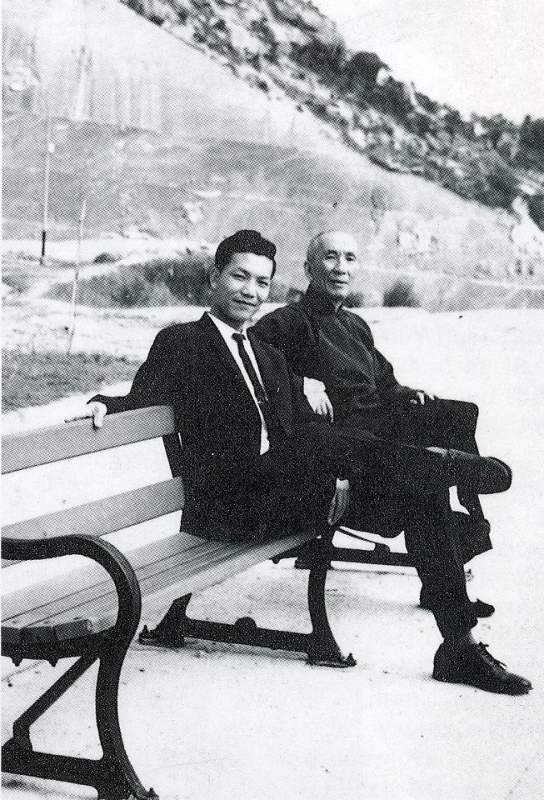 In this short article, Grandmaster Ip Ching (Sometimes spelled Yip Ching) talks about Wing Chuns first form Sil Lim Tao. Ip Ching on Sil Lim Tao
In this short article, Grandmaster Ip Ching (Sometimes spelled Yip Ching) talks about Wing Chuns first form Sil Lim Tao. Ip Ching on Sil Lim Tao
"When we learn English, we learn 26 letters first. If we cannot handle the pronunciation of each letter, then our English will never be good. The magnitude of the fist form Sil Lim Tau in Wing Chun is the same as that..." Read on
A breakdown of the form in photos
 I made this page on my club website in order to help some of the students at my class practice and learn the form at home. The article is the old version if this one, however the page contains a video and a technique by technique breakdown in photos, including explanation. Sil Lim Tao in pictures
I made this page on my club website in order to help some of the students at my class practice and learn the form at home. The article is the old version if this one, however the page contains a video and a technique by technique breakdown in photos, including explanation. Sil Lim Tao in pictures
Related Sil Lim Tau products
The Path to Wing Chun Book
 This book has been through so many reprints since it was originally published due to its success. It is the ideal Wing Chun book for someone starting out. It covers great depth about the Wing Chun first form Sil Lim Tau and all the basics of Wing Chun including footwork and kicking along with some self defence applications.
This book has been through so many reprints since it was originally published due to its success. It is the ideal Wing Chun book for someone starting out. It covers great depth about the Wing Chun first form Sil Lim Tau and all the basics of Wing Chun including footwork and kicking along with some self defence applications.
Available On Amazon
Traditional Wing Chun DVD
 In this DVD Sam Kwok covers Wing Chun fighting applications, Chi Sau and all 3 hand forms including Sil Lim Tao. This DVD is an ideal DVD for students looking to learn the forms and get starting in Wing Chun.
In this DVD Sam Kwok covers Wing Chun fighting applications, Chi Sau and all 3 hand forms including Sil Lim Tao. This DVD is an ideal DVD for students looking to learn the forms and get starting in Wing Chun.
Available To Buy for £12.99
Tags for this article:
Sil Lim TaoFormsSil Nim TaoFirst Form

